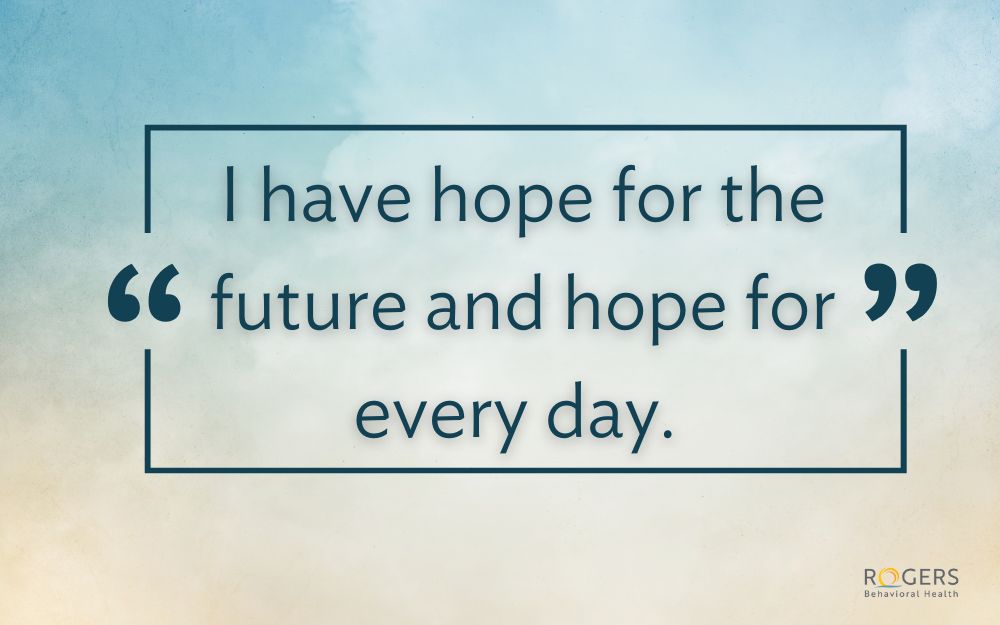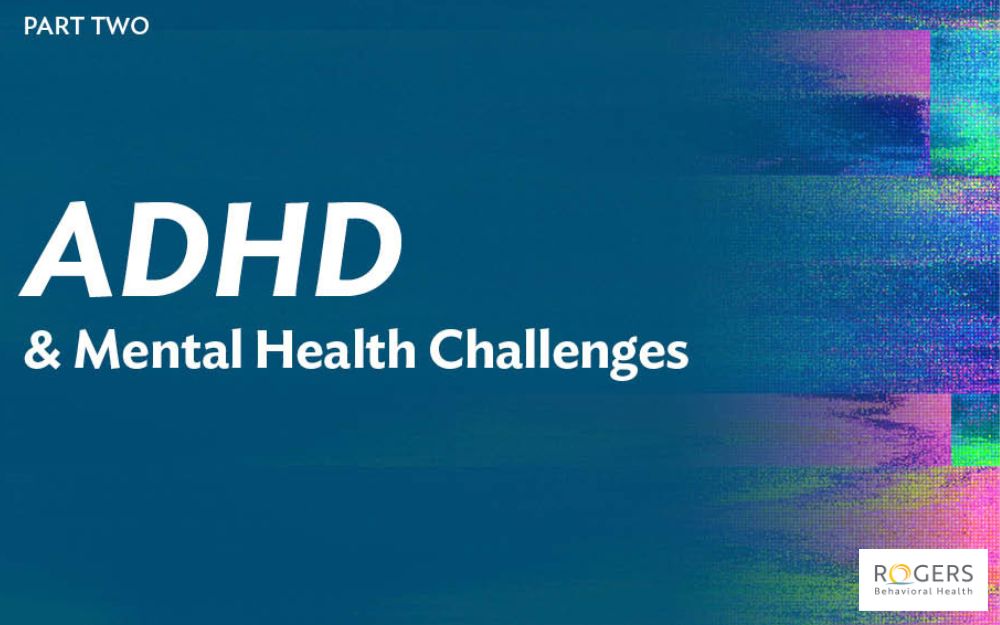Does My Child Have OCD? When to Seek Help
Posted on 12/13/13 11:20:am
Obsessive-compulsive disorder (OCD) is characterized by obsessions or compulsions leading to distress, thereby interfering with overall functioning. Although a diagnosis of OCD only requires the presence of obsessions or compulsions, the majority of children usually experience both. OCD can appear any time between preschool and adulthood, but most commonly surfaces between ages 8 and 12 or between the late teens and adulthood. It is estimated that approximately 1 in 200 children and adolescents has OCD.
Obsessions are unwanted and intrusive thoughts, urges, or images that are recurrent and persistent, causing marked anxiety and distress. They are not simply worries about real life problems, but rather originate within the mind. Examples of common obsessions include:
- Fear of contamination or germs
- Fear of harm or danger
- Fear of loss
- Need for symmetry
- Need for perfection
An attempt to suppress or neutralize these obsessions occurs in OCD through distraction, by avoiding triggers, or engaging in behavior or mental rituals that reduce distress. This action or unwelcome thought or action is a compulsion.
Compulsions are behaviors, rituals, or mental acts that a person feels driven to perform (often repeatedly) in response to an obsession, or according to rules that have rigidly been applied to his or her life. Compulsions may be directly associated with the obsession in an obvious way or seem completely unrelated. Examples of common compulsions include:
- Washing and cleaning
- Checking
- Hoarding
- Ordering and arranging
- Repeating rituals
Research has shown that it is common for everyone to have occasional unwanted and intrusive thoughts or mental images, and most people do not place much importance on them. In people with OCD, the thoughts are considered highly important. This causes the person experiencing them to feel compelled to neutralize or suppress them in an attempt to deflect their anxiety and discomfort. Despite having somewhat limited insight--in comparison to adults--children and adolescents are often able to recognize their compulsions as being excessive, unreasonable, and even senseless. However, their anxiety still obliges them to engage in the activity.
Because everyone has these types of experiences, it is important to ask the following questions to help determine whether your child may need professional help:
- Do the symptoms cause distress for the child?
OCD is ego-dystonic, meaning it differs from the person’s beliefs and values, and is therefore quite upsetting. He or she does not want to have these thoughts or engage in these activities. It is important to determine whether this behavior is unwanted. For example, if the child gets a new game or toy and appears to be “obsessed” with it, ask yourself: Is this an unwanted behavior by the child? - How often is the child engaging in these symptoms? How much time does he or she spend engaged in them? Is it more than one hour per day?
Children with OCD often spend one to several hours per day of their time preoccupied with the symptoms of OCD. - Do the symptoms interfere with normal activities such as getting ready in the morning, schoolwork, socialization with friends, family activities, and other enjoyable activities?
In a child with OCD, the stress of day-to-day life tends to become overwhelming and even unmanageable for him and his family.
If these descriptions seem to describe your child, he or she may have OCD and it will likely be beneficial to consult a mental health professional.
At Rogers, OCD treatment includes personalized treatment plans. Through evidence-based treatment for teens and children, our OCD programs help alleviate symptoms and learn effective therapy strategies they can use the rest of their lives. For a free screening, call us at 800-767-4411.
References
Anxiety and Depression Association of America (ADAA) http://www.adaa.org/understanding-anxiety/obsessive-compulsive-disorder-ocd
Baer, L. (2000). Getting Control: Overcoming Your Obsessions and Compulsions.New York, NY: Penguin Putnam Inc.
International Obsessive Compulsive Disorder Foundation (IOCDF) http://www.ocfoundation.org/ocdinkids/
Johnston, H.F., & Fruehling, J.J. (2002). Obsessive Compulsive Disorder in Children and Adolescents: A Guide. Madison, WI: The Progressive Press.
March, J. , & Benton, C. (2007). Talking Back to OCD. New York, NY: The Guilford Press.
March, J.S., & Mulle, K. (1998). OCD in Children and Adolescents: A Cognitive-Behavioral Treatment Manual. New York, NY: The Guilford Press.
Topics
Share this article:



